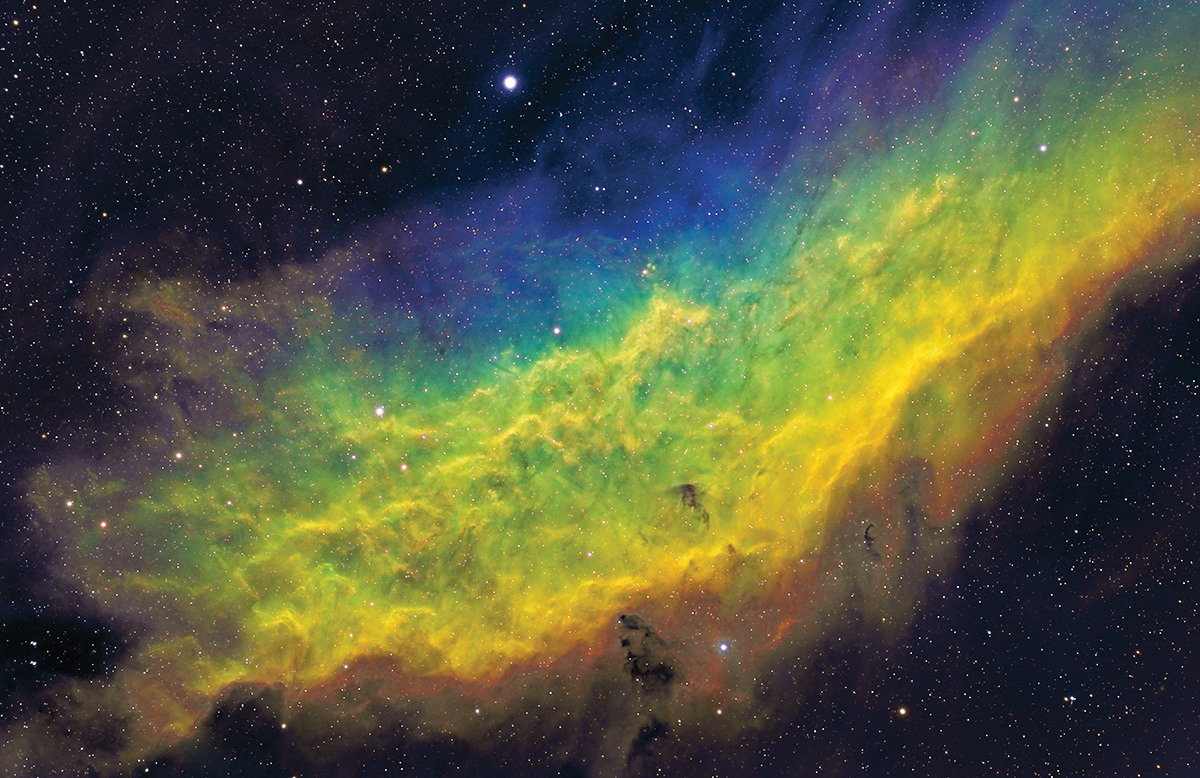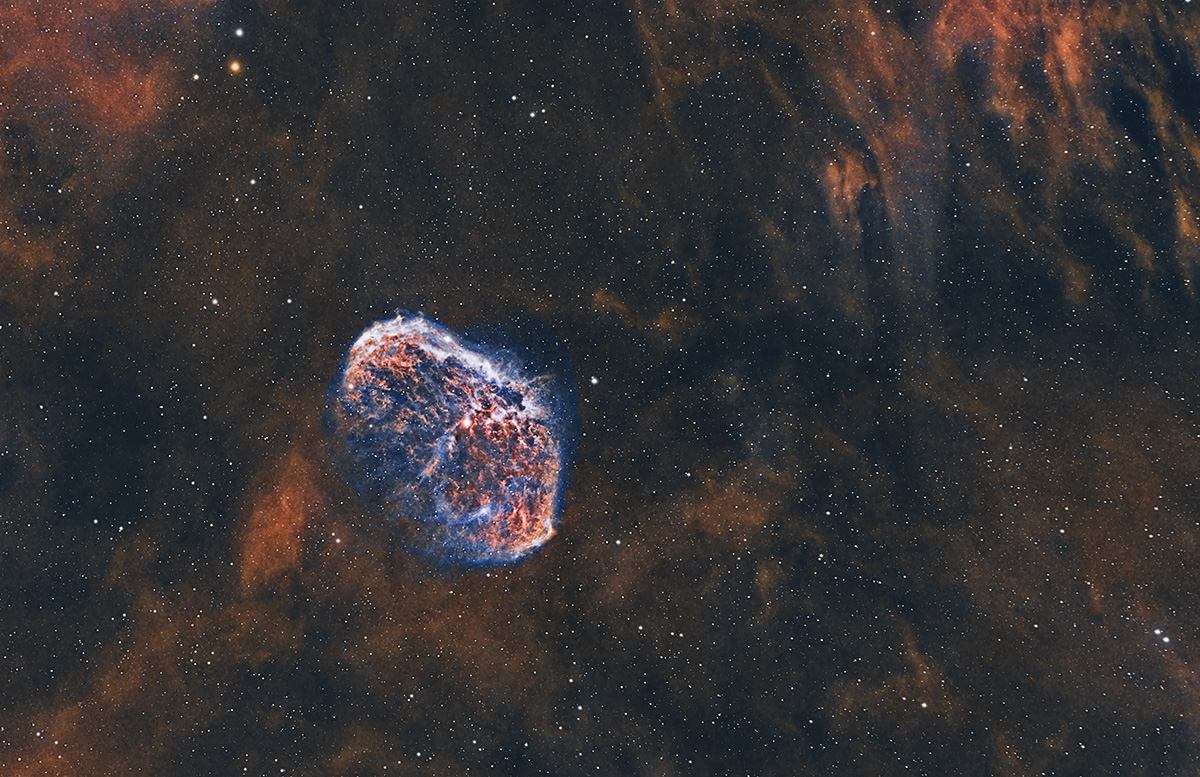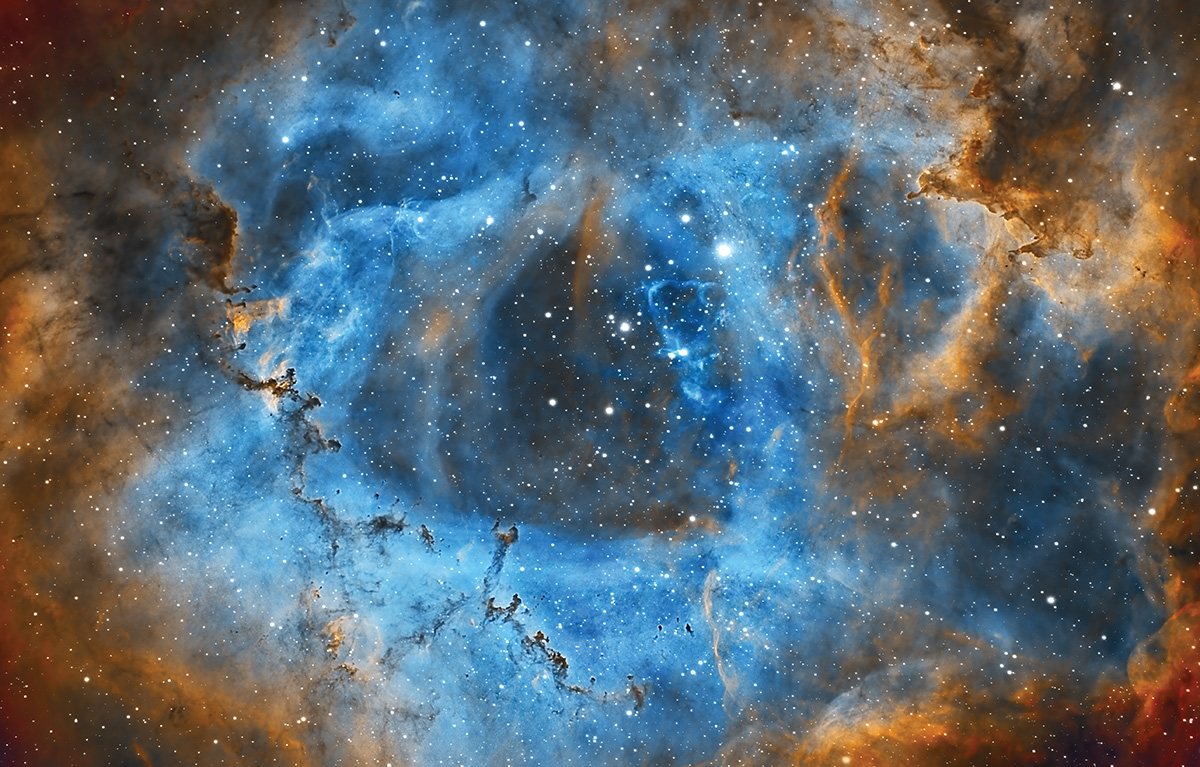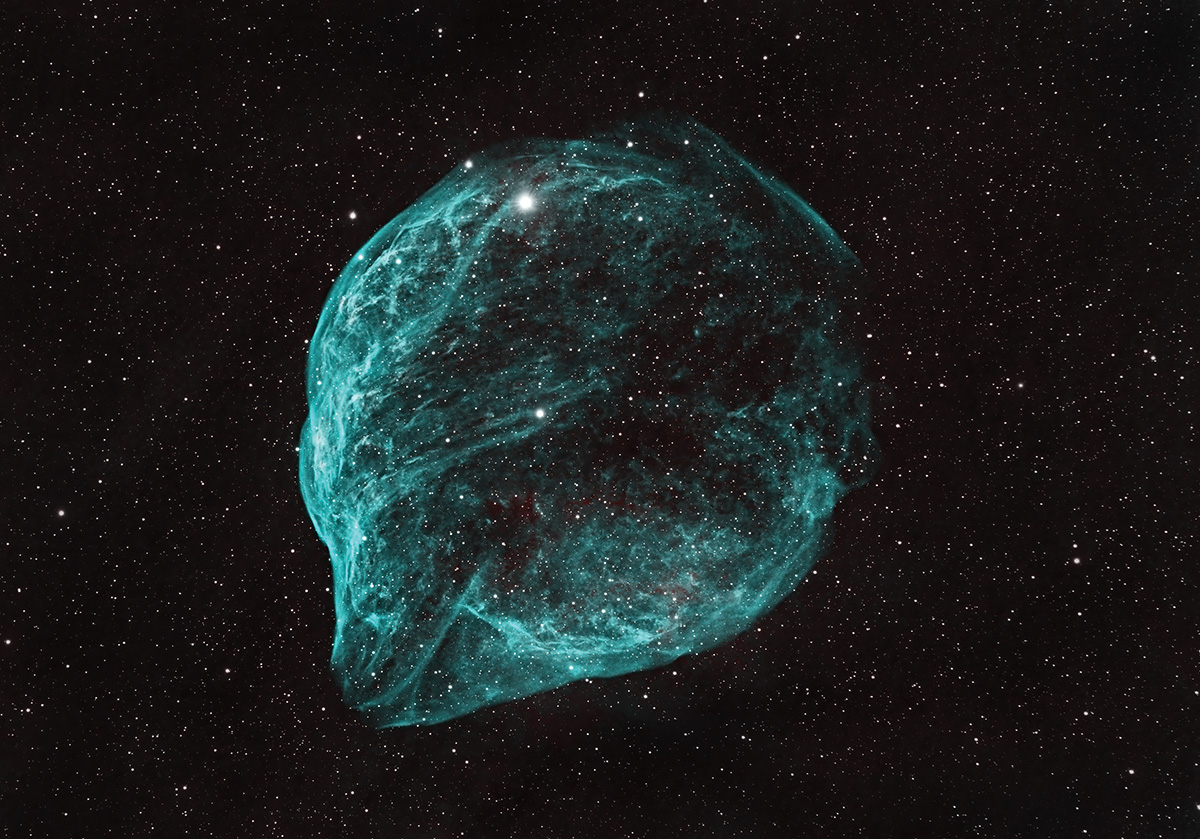Deep space astrophotography is no easy feat. It takes 20 total hours of three- to five-minute exposures over two to three nights to create just one focus-stacked image. Gian Lorenzo Ferretti, an architectural photographer who also makes deep space photos on clear nights from his home in Jacksonville, Florida, is absolutely hooked on the complexity of the challenge, not to mention the beauty he witnesses through the telescope.

EQUIPMENT: When Ferretti delved into deep space astrophotography it meant investing in equipment. The first thing he needed was an equatorial mount. Because the earth rotates constantly, a camera in a fixed position would capture star trails over a three- to five-minute exposure. “You want to follow the earth’s rotation so you have pinpoint stars,” says Ferretti. Aligning the mount with the star Polaris, around which all stars in the Northern Hemisphere appear to rotate, ensures the mount rotates with the earth, making for razor-sharp stars and clear detail in the nebula and galaxies the astrophotography camera captures via the telescope.

Ferretti uses two telescopes (with 1,000mm to 2,000mm lenses): one main telescope connected to an astrophotography camera and a second, smaller, telescope connected to a smaller astro camera, which is mounted to the larger telescope. “The mount is not always perfect in its tracking,” Ferretti explains. “It’s going to have periodic errors.” The smaller camera’s job is to track one specific star in the sky. Each telescope is connected to a mini PC that communicates wirelessly with a computer, allowing Ferretti make sure everything is tracking properly.
Deep space photography requires an astrophotography camera, which is similar to a regular DSLR, says Ferretti, only the sensor in the camera is cooled down to negative 20 degrees Celsius to prevent it from heating up during long exposures, which would introduce noise into the image.

CHALLENGES: Many things must go well for Ferretti to create a quality deep space image. Besides accurate sequencing of the equipment he uses, the atmospheric conditions must be perfect—no clouds and no wind, which could rattle the mount. Light pollution is also an obstacle.
TRIUMPHS: “I love the process,” says Ferretti. “I just love doing it.” Each time he sees that first five-minute exposure of the same deep space nebula NASA has documented “It is mind blowing,” he says. “It doesn’t seem real.”
Amanda Arnold is a senior editor.




